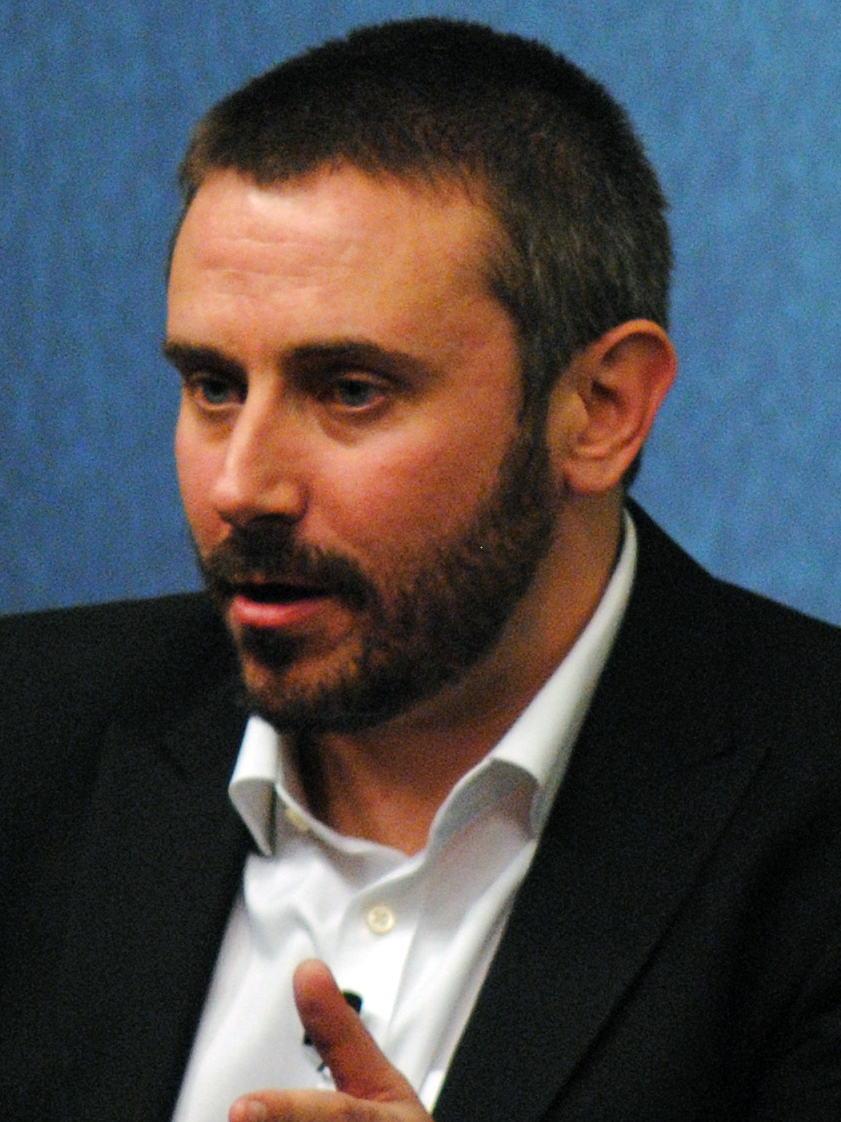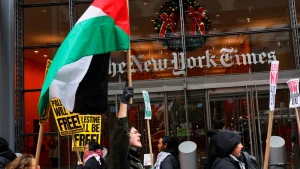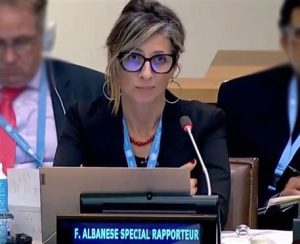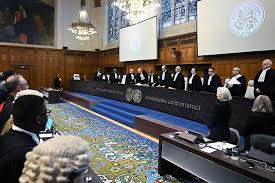Summary:
The ongoing situation in Gaza has been fraught with political tensions, humanitarian crises, and complex negotiations. In this summary, we will delve into the recent developments surrounding the ceasefire agreements, the impact of Israeli actions, and the role of various Palestinian factions in shaping the future of the region.
Key Developments in Ceasefire and Negotiations
- Israeli Prime Minister Netanyahu’s Role
- Benjamin Netanyahu continues to undermine efforts for a Gaza ceasefire and a captives exchange. His government has been accused of procrastinating and sabotaging agreements that were previously in place.
- Hamas’s Ceasefire Proposals
- Khalil Alaya, the Gaza chief of Hamas, announced the group’s willingness to negotiate a comprehensive deal for a second phase of the ceasefire framework. This would involve:
- Return of all Israeli captives as a single package instead of staggered releases.
- Complete withdrawal of Israeli forces from Gaza.
- Certification of a long-term truce by international mediators, including the United States.
- These desires are rooted in frustrations over Israel’s violation of ceasefire terms, which have reportedly resulted in the deaths of over 130 Palestinians since the ceasefire began.
- Khalil Alaya, the Gaza chief of Hamas, announced the group’s willingness to negotiate a comprehensive deal for a second phase of the ceasefire framework. This would involve:
- Hamas’s Negotiation Strategy
- Hamas aims to exhibit a commitment to negotiations while preserving its resistance identity. They also plan to release six living Israeli captives as a show of goodwill and flexibility.
- The Israeli government has agreed to allow some humanitarian aid and construction materials into Gaza, a reversal of previous obstructions.
- Recent Events
- Recently, Israel received the remains of four Israeli captives, raising questions about emotional manipulation and public perception.
- Amidst all these developments, there are conflicting narratives surrounding the return and management of Palestinian political prisoners.
Palestinian Dynamics and Governance
- The Role of Palestinian Authority (PA)
- The PA, under Mahmoud Abbas, has continued to distance itself from Hamas while facing increasing internal and external pressures. Abbas’s popularity is waning, making the future of PA governance uncertain.
- The PA’s collaboration with Israeli forces, particularly in raids against Palestinian resistance in the West Bank, has drawn criticism and underlined the divide among Palestinian factions.
- Emerging Unity Talks
- There have been multiple discussions between various Palestinian factions aimed at forming a united front while addressing governance challenges in Gaza.
- Some analysts suggest that if high-profile prisoners like Marwan Barouti are released, it could influence PA dynamics, allowing for possible unity or a restructuring of political goals.
- Challenges Ahead
- A resistance against disarmament is prominent among various factions, and many Palestinian groups remain skeptical of reconciliation efforts that might weaken their positions.
- The dynamics within the PA are complicated by its security cooperation with Israel, which further undermines its legitimacy among Palestinians.
Regional and International Implications
- Global Perception
- The perception of Israel in the international community has shifted significantly due to its actions in ongoing conflicts. Many view Israel’s approach as a sign of aggression rather than legitimate defense.
- The recent confrontations have prompted renewed discussions regarding justice and liberation for Palestinians on a broader scale.
- Trump’s Commentary
- Former President Donald Trump’s remarks about potentially taking over Gaza highlight the complicated nature of U.S. involvement in the conflict and its implications for regional politics.
- Trump’s comments raise questions about future regional strategies among Arab nations and their relationship with both Palestinian governance and Israel.
- Future of Palestinian Liberation Movement
- The events of October 7, 2023, mark a pivotal moment for the Palestinian liberation movement. Hamas labels its actions as defensive, responding to increasing pressures and existential threats to Palestinian identity and land.
- The trajectory of Palestinian resistance will depend significantly on the unity of factions, training a new generation of leaders, and gaining broader support for their cause internationally.
Conclusion
The conflict over Gaza remains a deeply embedded issue within regional and global politics. With each passing day, the intricacies of negotiations, humanitarian needs, and political posturing continue to evolve. The situation requires keen observation as both the Palestinian and Israeli positions shift in response to pressing realities on the ground, the actions of powerful leaders, and the sentiments of the people they represent. Understanding this complex landscape is essential for grasping the future of peace efforts and the overarching Palestinian political landscape moving forward.




